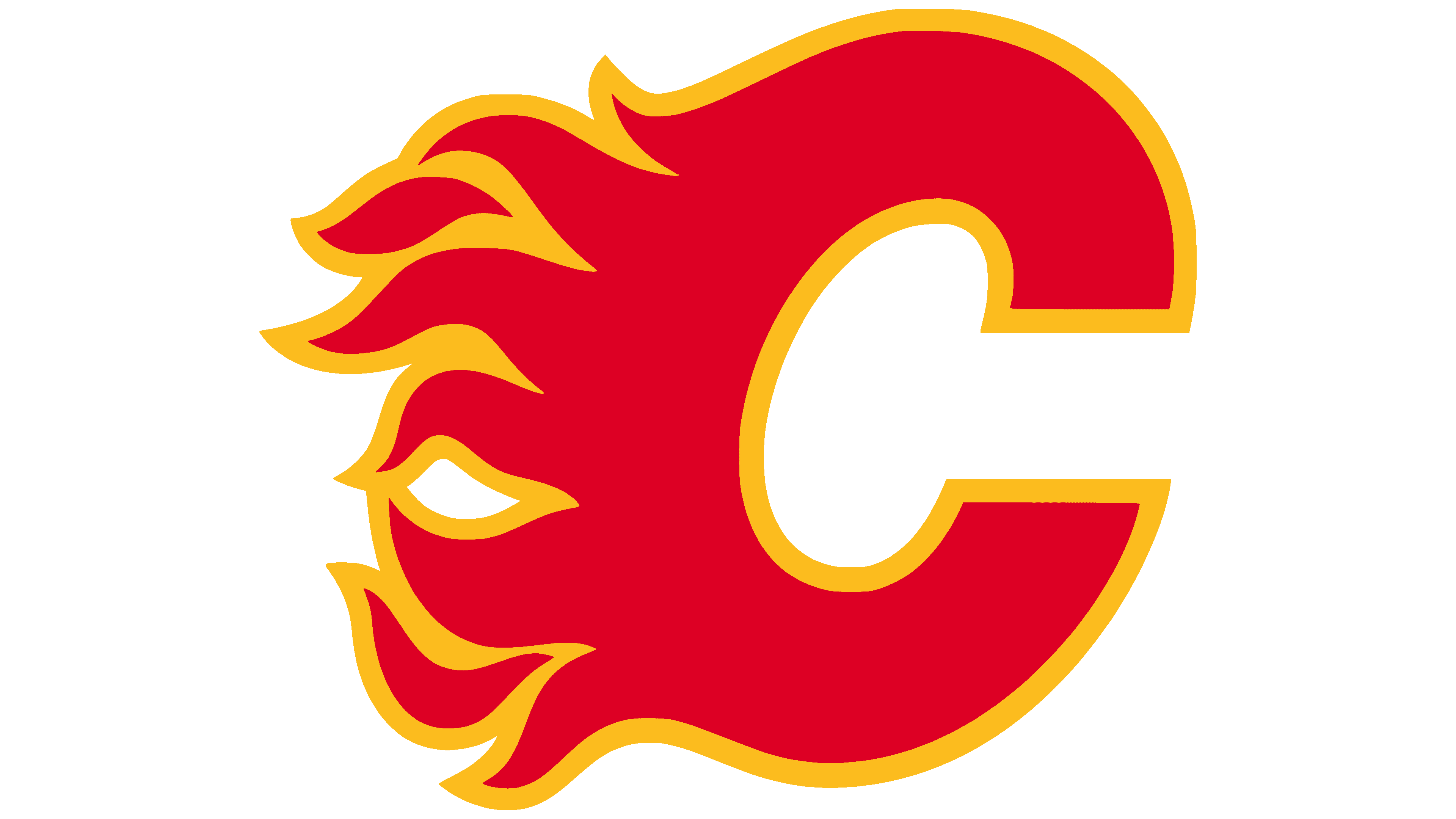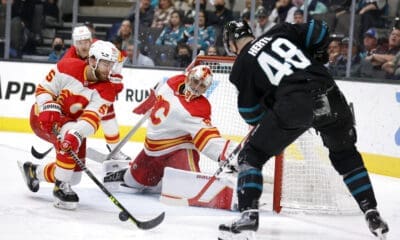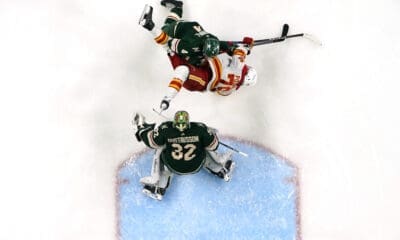Calgary Flames
The Deeper Implications of the Boyd Trade

There's been some sniping around the Boyd trade both here and elsewhere and the argument being raised has conjured memories of another spat that erupted around somewhat similar circumstances almost three years ago. I think the comparison will help explain why I and others like Robert and RO don't like the deal.
In the summer of 2007, Darryl Sutter had 7 NHL defensemen signed:
Sutter added Hale at the previous trade deadline, traded for Aucoin and signed Eriksson and Sarich in the off-season. That left precious little room for a sophomore defender named Mark Giordano; a guy who at 24 had put up decent stats in the AHL, but hadn’t really established himself in the big leagues yet. Sutter stuffed the roster full of more established players and then low-balled Gio in his RFA negotiations. Giordano balked at the two-way offer and fled to Russia.
The reaction in Flamesland was split. Guys like myself and Matt Fenwick saw it as an obvious misstep. A larger portion of the fanship looked at the roster, looked at Giordano and shrugged “not a big deal”. A comment at Mirtle’s old place captures the spirit of majority reaction at the time: Except that Giordano can’t play defense and gets burned 1-on-1. Can someone say Andy Delmore??? This is not a significant loss.
I tried to make the point then that signing and acquiring NHL players in a cap environment is like making a series of bets: basically, you want each guy to be a better than average bet to perform at or above the level of his cap hit. To that end, the mistake as I saw it with the Gio negotiations then is the same mistake I see with the Boyd trade now:
The issue isn't necessarily how Boyd fits into the roster currently, nor whether he'd be any kind of difference maker in the short term. Look at the line-up of defenders Sutter chose over Giordano 3 years ago. Consider that of those ostensibly superior options at the time, one has retired (Warrener), one is an AHLer (Eriksson), one is a 7th defender (Hale) and one is a guy who probably has less value to the org than Giordano does currently (Sarich). Now, let's look at some of the forwards Daz decided to keep instead of Boyd this year:
Chris Higgins
Project the line-up three years down the road, when Boyd will be about 26 years old. How many of these guys will be
a.) Better than Boyd?
b.) Still with the Flames?
c.) Still in the NHL?
Boyd's development path isn't certain, so "A" is the most contentious question. However, guys who are 23, have good results in lower leagues and are still finding their legs are the types of players organizations should be betting on, particularly when their contract demands and resultant cap hits would be around league minimum (thereby almost completely eliminating any risk). If the Flames kept Boyd and he failed to take single step forward, then his salary is at replacement level and it's not an issue. However, the potential reward if he does make strides is significant and there's an object lesson of that fact leading the Flames blueline in goals this year.
Again, the issue isn't Boyd's current utility to the club, which is admittedly small. It's the manner of asset management – of placing smart, low risk bets with potential high rewards – that I call into question here. Sutter got lucky with Giordano. We'll have to wait to see to what degree he screwed up with Boyd.
by Kent Wilson









